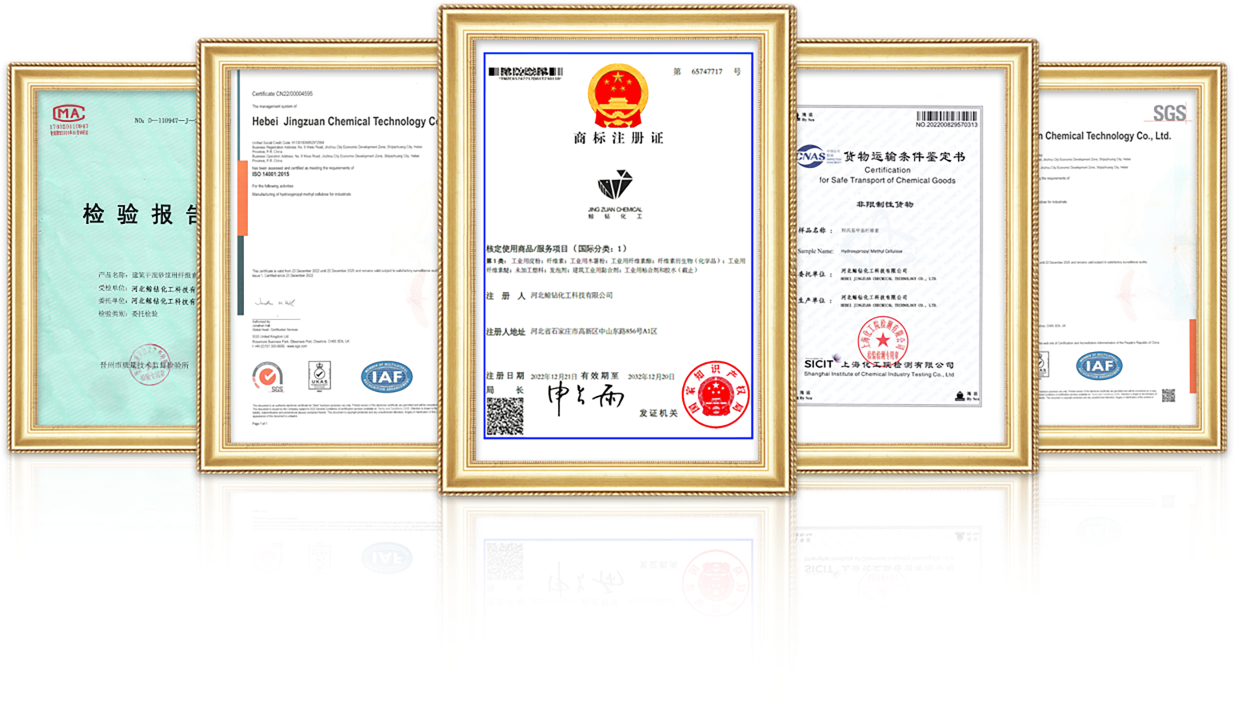
Sep . 15, 2024 11:01 Back to list
Hydroxyethyl Cellulose Synthesis
Synthesis of Hydroxyethyl Cellulose An Overview
Hydroxyethyl cellulose (HEC) is a water-soluble polymer derived from cellulose, which has found numerous applications in various industries such as pharmaceuticals, food, cosmetics, and construction materials due to its thickening, gelling, and stabilizing properties. The synthesis of HEC involves the etherification of cellulose with ethylene oxide, which introduces hydroxyethyl groups into the cellulose chain.
Synthesis of Hydroxyethyl Cellulose An Overview
The reaction conditions, including temperature and time, are crucial in determining the degree of substitution (DS) of the product. The degree of substitution refers to the average number of hydroxyethyl groups attached to each anhydroglucose unit in the cellulose molecule. A higher DS enhances the solubility and viscosity of the polymer, making it more effective for various applications. Typically, the reaction is carried out at temperatures between 30°C and 80°C, allowing for controlled etherification and minimizing the formation of by-products.
hydroxyethyl cellulose synthesis

After the etherification process, the resulting product is washed and neutralized to remove any unreacted ethylene oxide and residual alkaline substances. This purification step is vital to ensure the safety and efficacy of HEC, especially for its use in pharmaceutical formulations. The purified HEC can then be dried and milled into a fine powder for storage and distribution.
Quality control measures are often employed during the synthesis process to ensure that the HEC meets the desired specifications for its intended use. Parameters such as viscosity, solubility, and purity are routinely analyzed using rheological tests and chromatographic methods. These tests help to confirm the consistency and reliability of the HEC produced.
In conclusion, the synthesis of hydroxyethyl cellulose is a multi-step process that transforms natural cellulose into a versatile polymer with wide-ranging applications. By carefully controlling the reaction conditions and purification processes, manufacturers can produce HEC tailored to specific industrial needs, highlighting its significance in modern material science and technology. As demand for eco-friendly and biodegradable materials continues to grow, HEC stands out as a sustainable choice for various formulations, contributing to advancements across multiple sectors.
-
Versatile Hpmc Uses in Different Industries
NewsJun.19,2025
-
Redispersible Powder's Role in Enhancing Durability of Construction Products
NewsJun.19,2025
-
Hydroxyethyl Cellulose Applications Driving Green Industrial Processes
NewsJun.19,2025
-
Exploring Different Redispersible Polymer Powder
NewsJun.19,2025
-
Choosing the Right Mortar Bonding Agent
NewsJun.19,2025
-
Applications and Significance of China Hpmc in Modern Industries
NewsJun.19,2025







